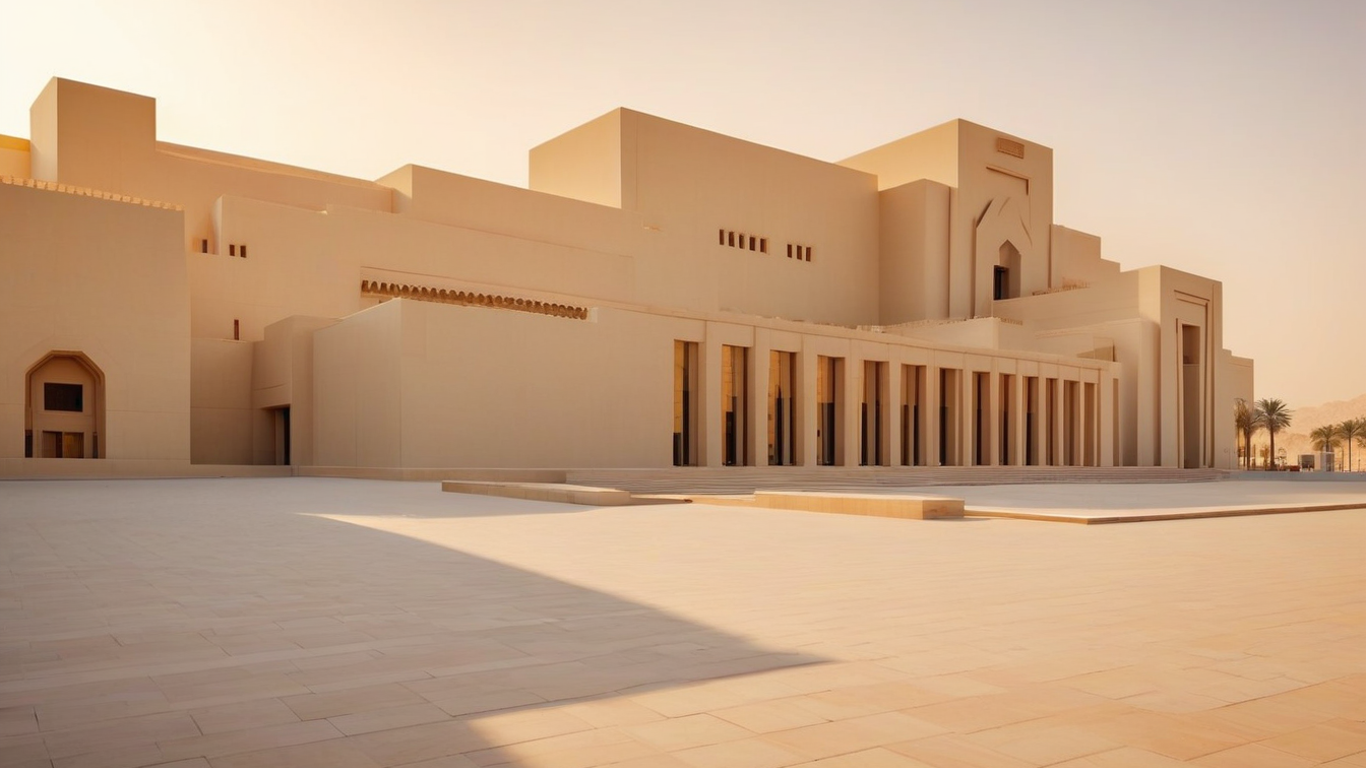 Museums
Museums
RAK National Museum: A Journey Through 7,000 Years of Heritage in Ras Al Khaimah
The moment you approach the imposing coral stone walls of the RAK National Museum, you're not just visiting a repository of artifacts – you're entering a living testament to human resilience and cultural continuity. The National Museum houses an impressive collection of archaeological and ethnological artefacts for visitors to explore, with archaeological excavations revealing that advanced trading civilisations have existed in this region since 5000 BC.
The Historic Al Hisn Fort: Where Legends Come Alive
The rak national museum ras al khaimah is housed within the magnificent Al Hisn Fort, a structure that has witnessed centuries of Arabian history unfold within its coral stone walls. The fort is well documented as forming the principal residence for the ruling family, and after the Quwasim left, the fort became the Emirates police headquarters and prison before the government finally converted it into a museum in 1987.
The fort's story reads like an adventure novel. Ancient documents and letters show that the fort was destroyed at least twice in its history – firstly in 1621 by the Portuguese and then later in 1820 by the British. Yet, like a phoenix rising from the ashes, the structure was rebuilt each time, stronger and more magnificent than before.
Walking through the museum today, you can feel the weight of history in every carefully preserved room. The large rectangular tower replicates the original fort that served as a single defence tower and stood on the city wall's perimeter, with foundations dated between 1809 and 1819. The architecture itself tells a story of ingenuity and adaptation to the harsh desert climate.
Architectural Marvel: Built to Withstand Time and Elements
The national museum rak showcases traditional Emirati architecture at its finest. Like many other traditional houses in Ras Al Khaimah, the fort was constructed from coral blocks and stones, providing excellent insulation properties, keeping the buildings cool in the summer and warm in the winter.
One of the most fascinating features is the traditional wind tower system. A wind tower is present in the courtyard, serving as the cooling system for the fort; the open sides would catch the breeze and force it into the room below to keep it cool, and if the weather was cooler, the tower and vents could be blocked with matting. This ancient air conditioning system demonstrates the remarkable ingenuity of Arabian architects centuries before modern technology.
Treasures Within: Collections That Span Millennia
The rak national museum al hisn roa houses an extraordinary collection that spans from the earliest human settlements to the Islamic period. The Quwasim family and residents of Ras Al Khaimah donated many of the artefacts to the museum, while the Department of Antiquities and Museums has undertaken archaeological excavations, surveys and scientific research projects.
As you wander through the exhibit rooms, each situated around the serene inner courtyard, you'll discover artifacts that bring ancient civilizations to life. The collections contain discoveries from the earliest settlers through to the late Islamic period, with the interactive ethnographical display showing traditional life in the Emirate, pearl diving, date agriculture, fishing, farming and ancient architecture.
The Qawasim Room stands as one of the museum's crown jewels. The Qawasim Room on the first floor is particularly interesting, with a collection of documents, manuscripts, and treaties between the rulers of Ras Al-Khaimah and Great Britain. These historical documents provide fascinating insights into the diplomatic relationships that shaped the region's modern political landscape.
Pearl Diving Heritage: Stories from the Deep
One of the most captivating sections of the RAK National Museum focuses on the emirate's pearl diving heritage. For centuries, the waters around Ras Al Khaimah were renowned for producing some of the world's finest pearls. The museum's pearl diving exhibits transport visitors to an era when brave divers would plunge into the depths of the Arabian Gulf, risking their lives for these ocean treasures.
The ethnographical displays showcase the tools, techniques, and traditions of pearl diving communities. You'll see authentic diving equipment, boats used for pearling expeditions, and learn about the social structures that governed this dangerous but lucrative industry. The personal stories and artifacts donated by local families make this section particularly moving, as you realize you're viewing the actual belongings of men who lived and worked on the sea.
Archaeological Wonders: Uncovering Ancient Civilizations
The archaeological section of the RAK National Museum is a treasure trove for history enthusiasts. Archaeological excavations reveal that advanced trading civilisations have existed in this region since 5000 BC, with over 1000 individual archaeological sites and antiquities scattered around the Emirate.
The museum displays pottery, tools, jewelry, and other artifacts that paint a vivid picture of daily life in ancient times. Ras Al Khaimah's location was a strategic link for trade with Mesopotamia between 5500 and 3800 BC, and ancient records show that Ras Al Khaimah inhabitants travelled to India, China and Zanzibar during the 10th century.
These artifacts tell the story of a cosmopolitan society where traders from across the known world came to exchange goods, ideas, and cultures. The museum's collection includes pieces that clearly show influences from Persia, India, and even China, demonstrating Ras Al Khaimah's role as a crucial hub in ancient trade networks.
Traditional Life Exhibitions: A Window into Emirati Culture
Beyond the archaeological treasures, the RAK National Museum offers an immersive experience into traditional Emirati life. The ethnographical sections recreate scenes from daily life, showing how families lived, worked, and celebrated in the pre-oil era.
Visitors can explore traditional Emirati homes, complete with period furniture and household items. The agricultural displays show the ingenious irrigation systems used to grow dates and other crops in the desert environment. The fishing exhibits highlight the importance of the sea to coastal communities, with displays of traditional boats, nets, and fishing techniques passed down through generations.
Location: Al Hisn Road, Old Town, Ras Al Khaimah
Phone: +971-7-233-3411
Admission: AED 5 for adults, AED 2 for children
Hours: Tuesday-Thursday & Saturday-Sunday: 8:00 AM - 6:00 PM
Friday: 3:00 PM - 7:30 PM | Monday: Closed
The Courtyard Garden: A Peaceful Oasis
At the heart of the RAK National Museum lies a beautiful courtyard garden that provides a tranquil respite from exploring the exhibits. This traditional Islamic garden design, with its geometric patterns and carefully chosen plants, creates a serene atmosphere that enhances the overall museum experience.
The courtyard serves as more than just a pretty space – it's an integral part of the fort's original design. The exhibit rooms are all pleasantly situated around the inner courtyard and accessed by a traditionally carved heavy wooden door. Many visitors find this central space perfect for reflection and contemplation after absorbing the wealth of historical information in the surrounding galleries.
Planning Your Visit: Making the Most of Your Experience
When planning your visit to the rak national museum, timing can significantly enhance your experience. The museum is busiest during weekends and holiday periods, so weekday mornings often provide a more intimate and peaceful exploration opportunity.
Allow at least two to three hours for a comprehensive visit. The museum's compact size might be deceiving, but the wealth of information and artifacts requires time to properly appreciate. Many visitors find themselves returning to certain sections as connections become clearer between different historical periods and cultural practices.
The museum staff are incredibly knowledgeable and often eager to share additional stories and context about the exhibits. Don't hesitate to ask questions – their insights can transform a good visit into an unforgettable journey through time.
Beyond the Museum: Exploring Old Town Ras Al Khaimah
Your visit to the RAK National Museum opens the door to exploring the broader Old Town area. The museum's location near the Mohammed bin Salim Mosque places you at the heart of historic Ras Al Khaimah, where narrow streets and traditional architecture create an authentic Arabian atmosphere.
While the ice land water park rak national museum connection might seem unusual, many families combine cultural exploration with recreational activities. Although the original Iceland Water Park closed in 2021, the area around the museum offers plenty of family-friendly attractions and dining options that complement a museum visit.
The proximity to the sea means you can easily combine your cultural exploration with a relaxing walk along the coast. The contrast between the ancient fort and the modern skyline visible from the waterfront provides a striking visual representation of Ras Al Khaimah's journey through time.
Educational Programs and Special Events
The RAK National Museum regularly hosts educational programs that bring history to life for visitors of all ages. School groups often visit to participate in hands-on workshops where students can try traditional crafts, learn about archaeological techniques, or participate in mock pearl diving expeditions.
Special exhibitions occasionally feature specific themes or recent archaeological discoveries. These temporary displays provide returning visitors with new insights and discoveries, making each visit to the museum a unique experience.
The museum also collaborates with local schools and universities to promote heritage education and cultural awareness among young Emiratis and expatriate residents. These programs ensure that the stories preserved within the museum walls continue to inspire and educate future generations.
Photography and Memories
The RAK National Museum offers numerous photogenic opportunities, from the imposing exterior walls to the intricate details of carved wooden doors and traditional artifacts. The courtyard garden, with its play of light and shadow, creates particularly stunning photographs throughout the day.
While photography is generally permitted in most areas, always check with museum staff about any restrictions on flash photography or specific exhibits. The goal is to preserve these precious artifacts for future generations while allowing visitors to capture and share their experiences.
Conservation Efforts and Future Developments
The RAK National Museum represents more than just a tourist attraction – it's a vital part of ongoing conservation efforts to preserve Emirati heritage. The museum's work extends beyond its walls through archaeological expeditions, research partnerships with international institutions, and community outreach programs.
Future development plans for the museum area aim to enhance the visitor experience while maintaining the authentic character of the Old Town. These developments will likely include improved visitor facilities, expanded exhibition spaces, and enhanced educational programs.
The museum's commitment to preserving and sharing Ras Al Khaimah's heritage ensures that this remarkable institution will continue to educate and inspire visitors for generations to come.
Connecting Past and Present
What makes the RAK National Museum truly special is its ability to connect visitors with the human stories behind the artifacts. This isn't just a collection of old objects – it's a living narrative of human achievement, adaptation, and cultural evolution in one of the world's most challenging environments.
The museum demonstrates how the people of Ras Al Khaimah have always been innovators and traders, connecting different cultures and facilitating the exchange of goods and ideas. This tradition continues today as the emirate positions itself as a bridge between East and West, honoring its heritage while embracing the future.
Have You Visited the RAK National Museum?
Share your experience and help fellow travelers discover the magic of Ras Al Khaimah's heritage! Whether you've explored the ancient corridors of Al Hisn Fort, marveled at archaeological treasures, or found peace in the courtyard garden, your story could inspire others to embark on their own journey through time.
Tell us about your favorite exhibit, the most surprising discovery you made, or how the museum changed your understanding of Emirati culture. Your insights contribute to the ongoing story of this remarkable institution and the heritage it preserves.
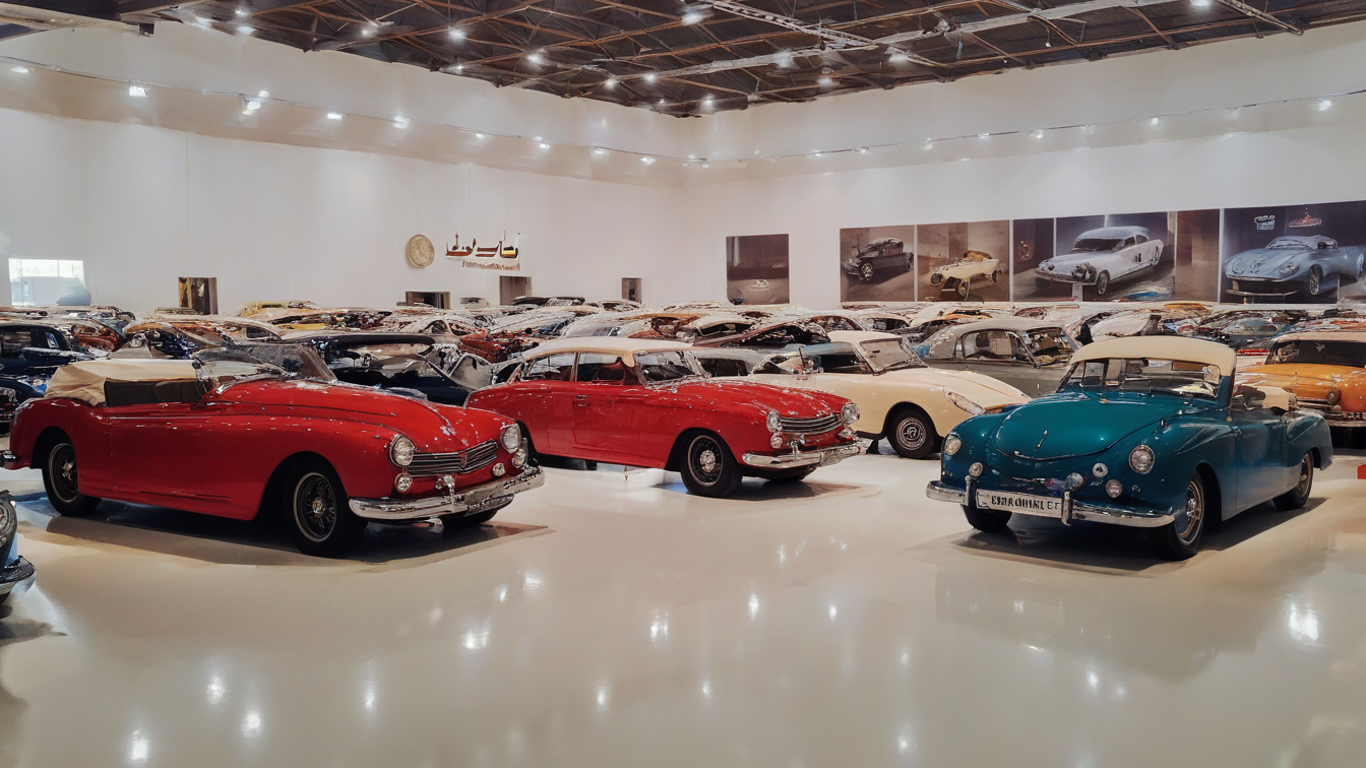
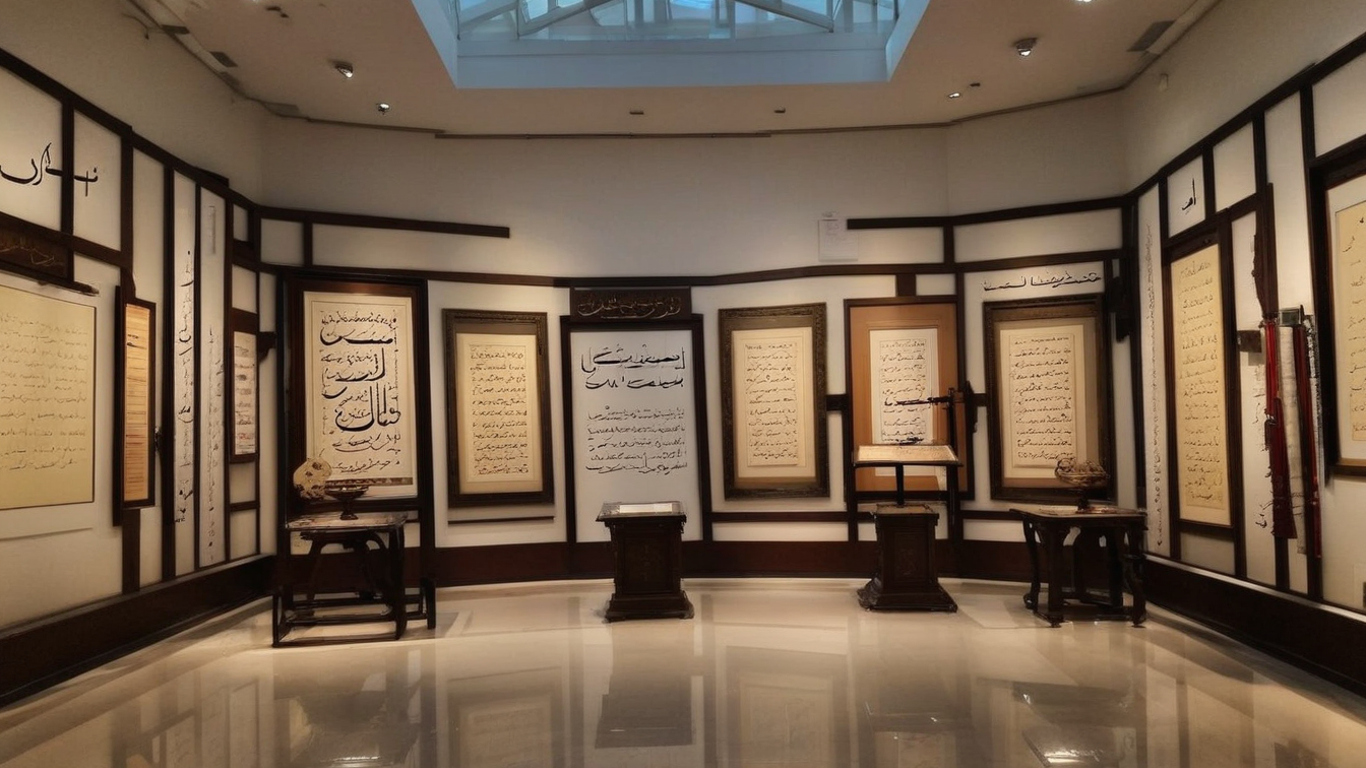

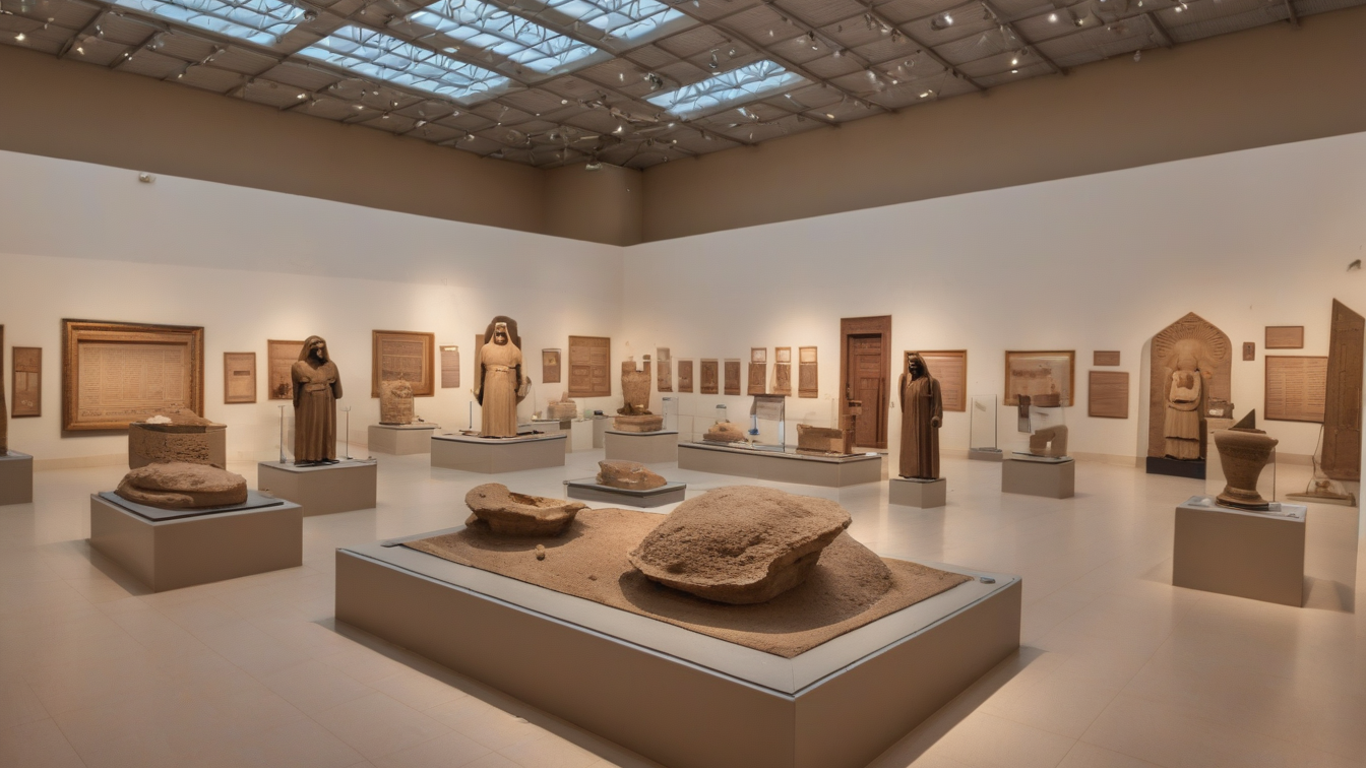
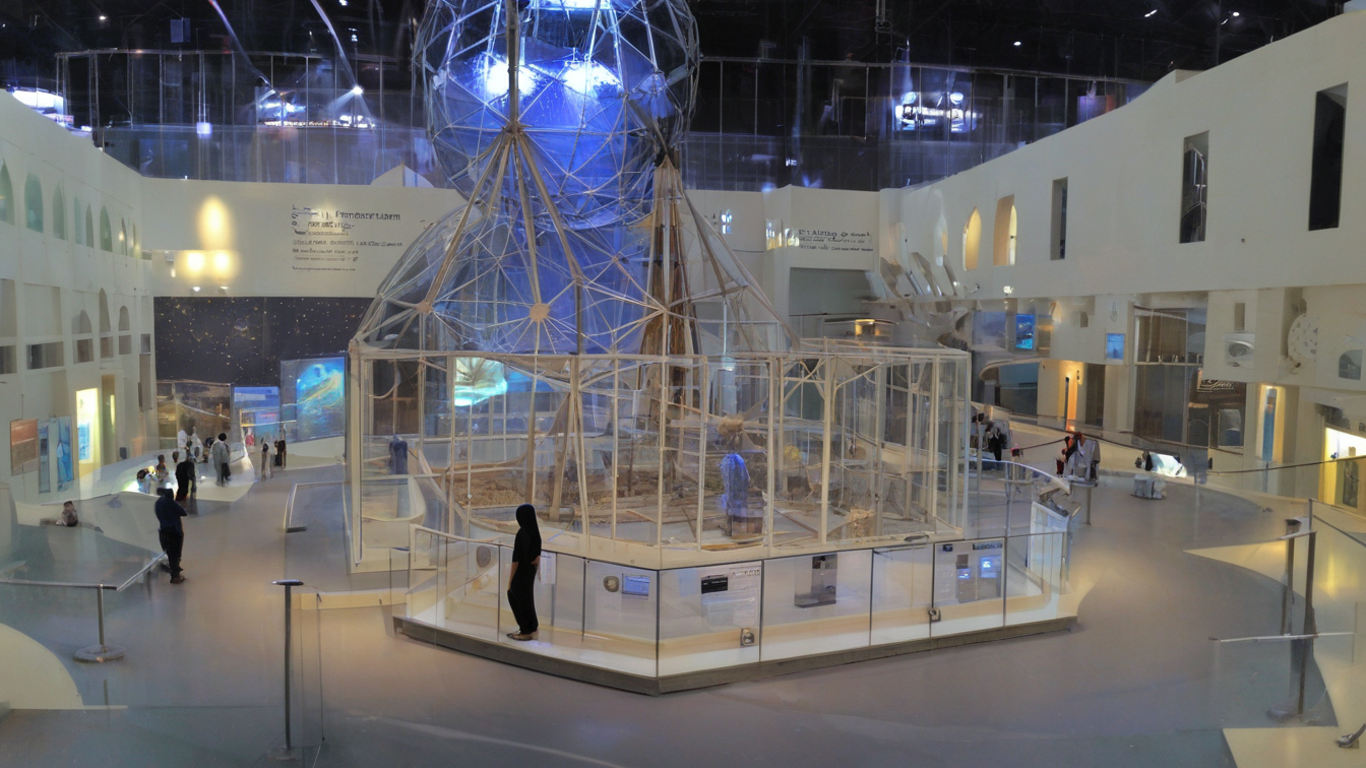
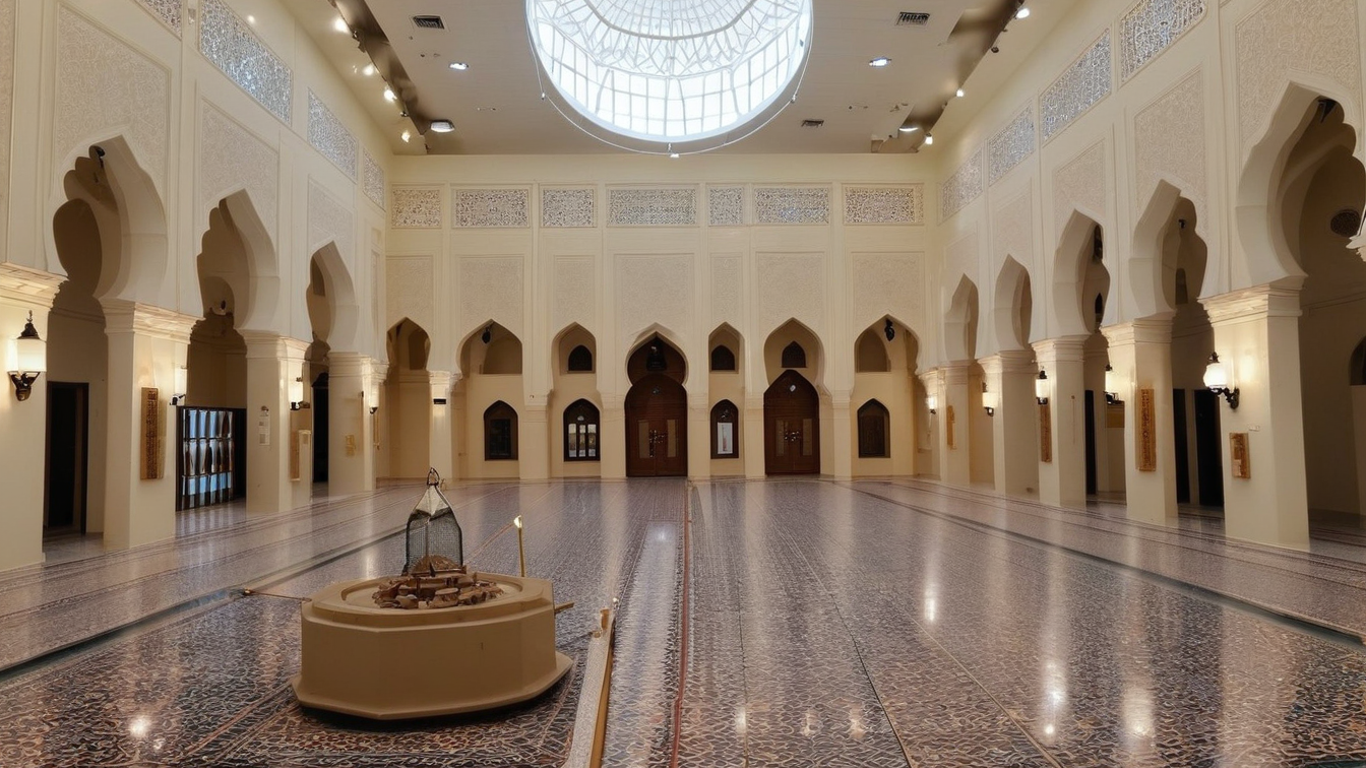
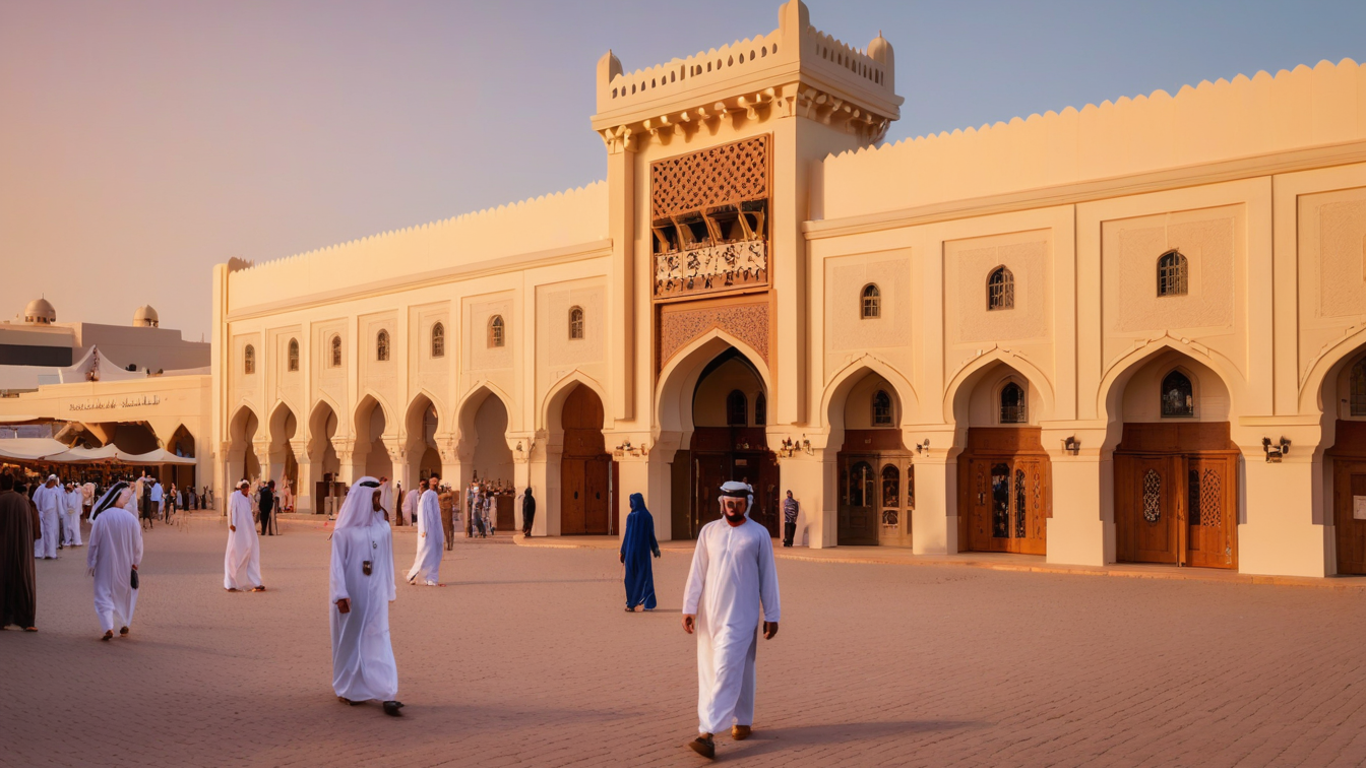

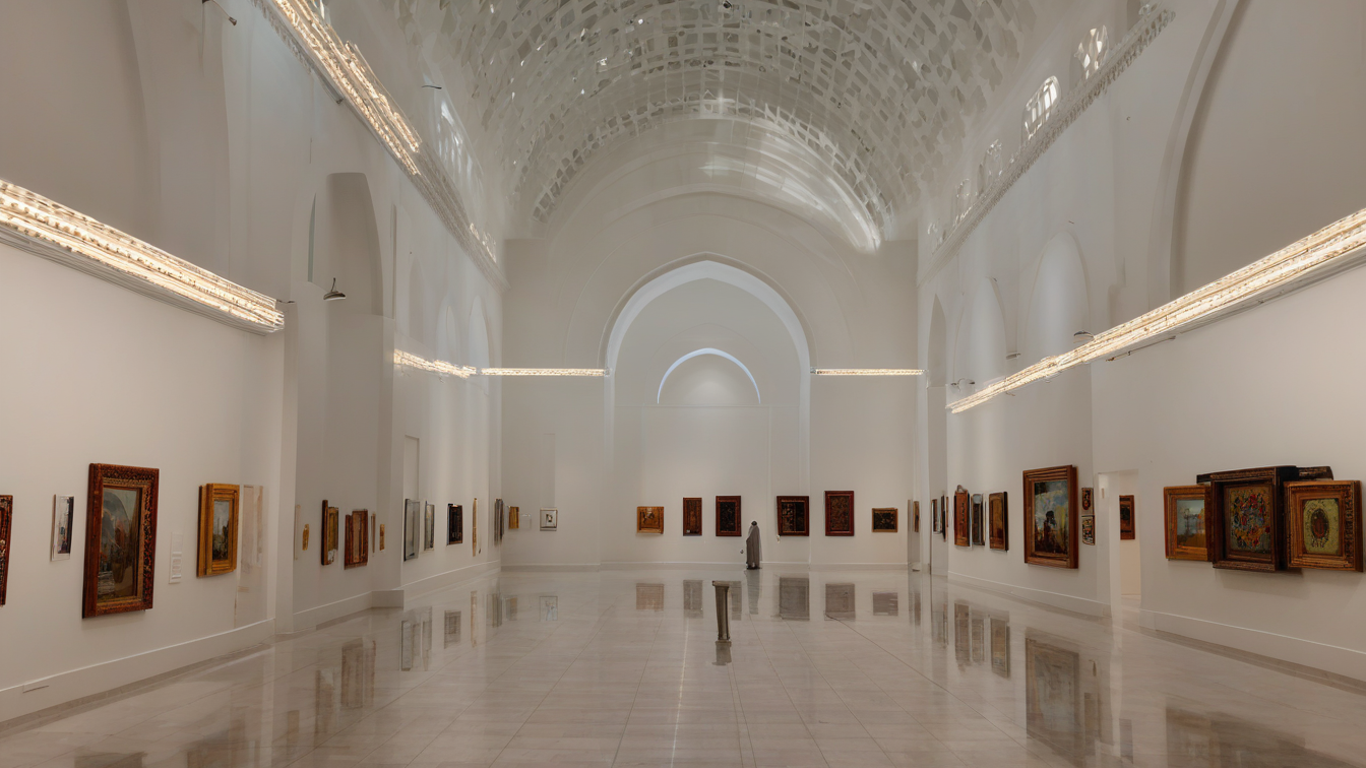
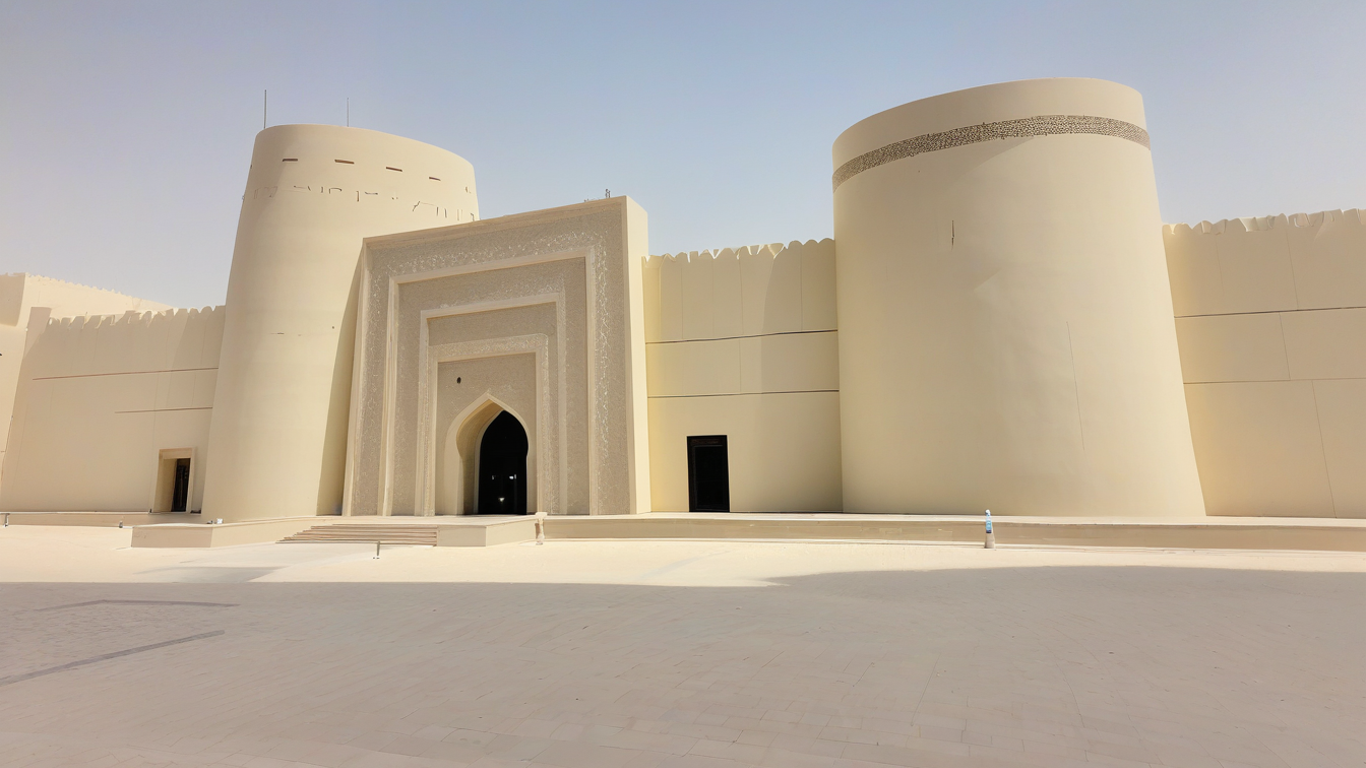
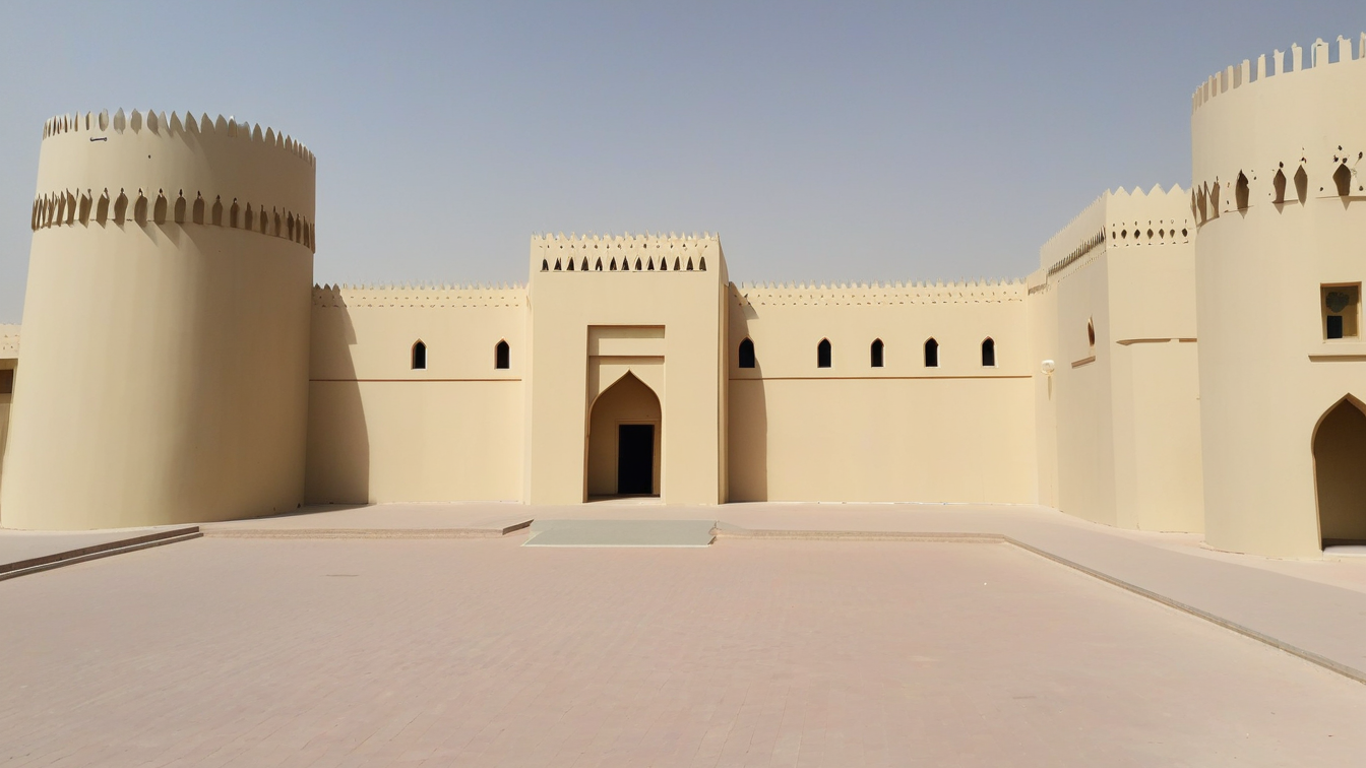


Comments (0)
{{ obj.comment_user_info.fullname }}
{{ obj.date_formatted }}{{ expandedComments[index] ? obj.comment : obj.comment.slice(0, 50) + (obj.comment.length > 50 ? '...' : '') }}
Add Comments
Login to comment